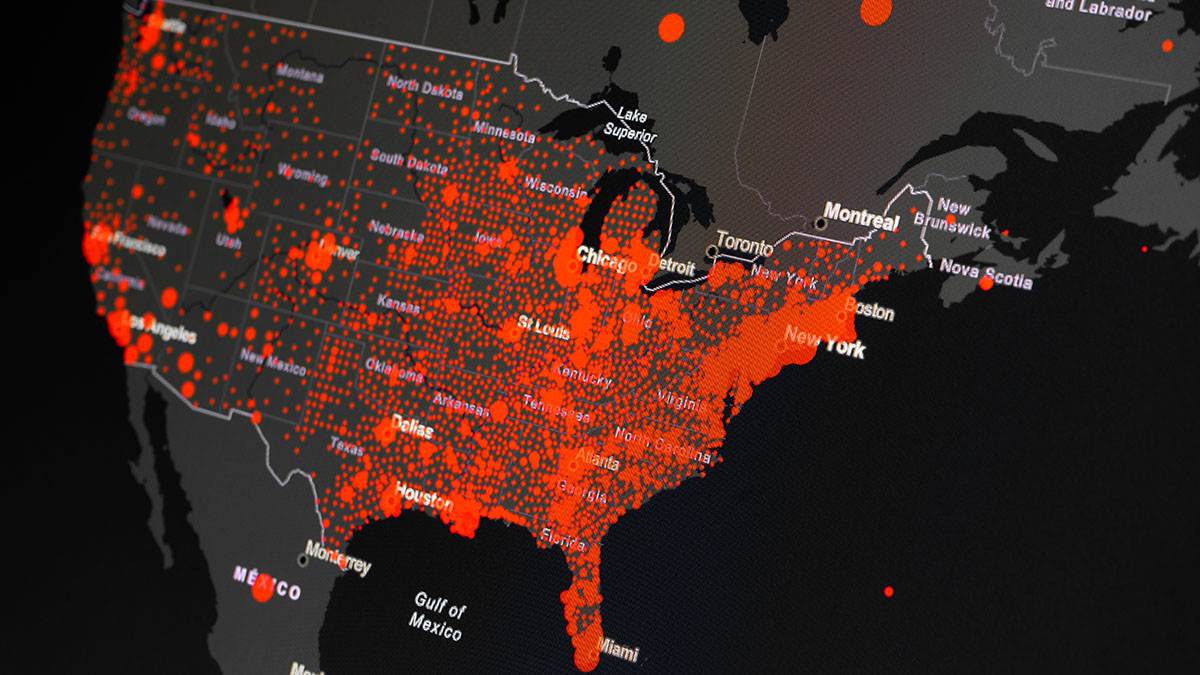With a vast public health infrastructure, a wealth of drugs, hospitals, health care providers and scientists, the United States seemed well positioned to be one of the best-prepared countries to contain a pandemic. Yet the nation’s response to COVID-19 has revealed otherwise. The virus has now infected over 6 million Americans, more than any other country, and killed over 184,000. The nation’s leaders have struggled to implement basic infectious disease control management measures, such as data gathering, testing, contact tracing and distribution of critical medical supplies to health care providers. Some experts say President Trump failed to follow the pandemic-response plan established during the Obama administration, while others complain that Congress has never fully and reliably funded existing pandemic plans. Meanwhile, other new pathogens, perhaps more deadly than the coronavirus, likely will jump from animals to humans, according to experts. This reality is spurring lawmakers to examine what went wrong with the U.S. pandemic response and to create a more workable plan for future outbreaks. But such federal reform is unlikely to occur until after November’s election.
See this update of my 2017 pandemic preparedness response for CQ Researcher. (subscription required)

